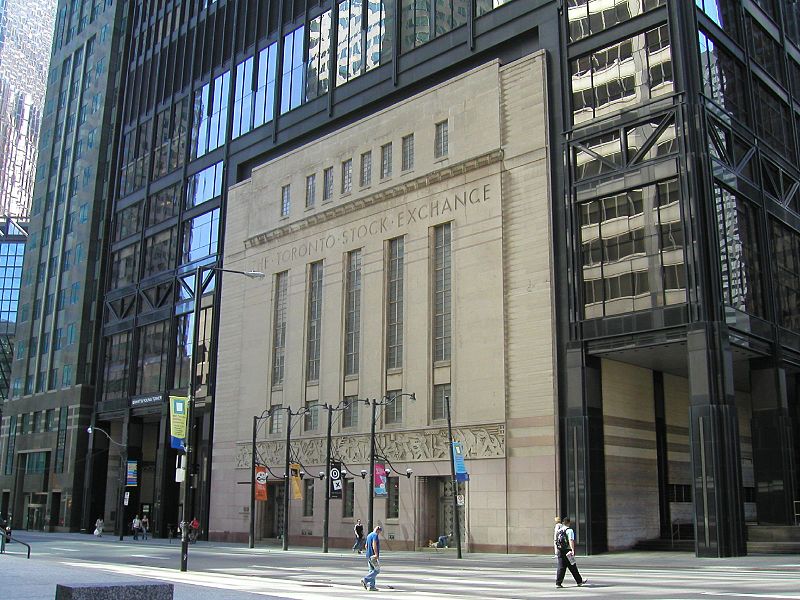The Liberal government´s platform indicates change to come in terms of the government´s stance on fiscal spending, promising to run a fiscal deficit in the first three years in order to invest in the economy and to stimulate economic growth. Some of the promised returns on investments include the prospect of more jobs, increased social welfare for the disadvantaged, technological innovation, better infrastructure and affordable housing. However, the current global situation may present some challenges for this agenda.
The recent downturn in global economic growth has left the Canadian economy particularly vulnerable. Diminished growth in emerging markets has weakened demand for commodities and consequently lowered global prices. Weakness in emerging markets is attributed to lower investment, capital outflows, downward pressure on local currencies, financial volatility and a host of domestic issues respective to each country. This has taken a toll on commodities exporters like Canada, with the price of oil and metals continuing to decline and a slowdown of investments in commodity-intensive sectors. As a result, the value of exports fell 3.6% in the month of August, especially in crude oil, metals and minerals, leading to a trade deficit of CAD $ 2.53 billion.
The Bank of Canada has decided to keep interest rates low at 0.5% as part of their monetary stimulus plan, in order to lower borrowing costs and encourage spending and capital flows. However, this monetary position also weakens the value of the dollar since there is low incentive to make investments in Canadian dollars with a low rate of return. Although a weak dollar typically entails a strengthening of exports due to the foreign perception of Canadian goods being cheaper, the decrease in global demand, especially in the commodities sectors along with the weak valuation of the Canadian dollar is partly to blame for the greater than expected trade deficit.
A weaker dollar might also have inadvertent effects on the overinflated Canadian housing market. Estimates by the Economist magazine showed an overvaluation of 34% in housing prices when compared with incomes and an 89% overvaluation in rental prices compared to income, and there are concerns of a burst in the housing bubble. Low interest rates contributed to high growth in housing with the availability of cheap borrowing and record low mortgage rates. The weak dollar also attracted Chinese investment in the property market, adding upward pressure to housing prices. Additionally, consumer debt has risen to a record 165% of disposable income which could weaken overall domestic demand. There is also the possibility of the US Federal Reserve raising its interest rates which is expected to pressure the Bank of Canada to raise its own interest rates. Higher interest rates mean a higher Canadian dollar, making housing more expensive and potentially causing a correction of the overvaluation in the housing market. Significant decreases in housing values will hurt new homeowners the most with big losses in equity.
Given a hefty to-do list, the Liberal´s stated remedy for economic sluggishness is fiscal stimulus. The Liberals have proposed annual investments ranging from CAD $100 to $200 million into various projects such as the Innovation Agenda and the Industrial Research Assistance Program. Such projects provide platforms for innovation networks and are intended to accelerate the pace of research development. Planned increases in agricultural research and a quadrupling of public transit spending to CAD $20 billion over the next decade, are also part of the plan. These initiatives intend to increase domestic demand by creating jobs and ease pressure from small to medium size firms allowing them to increase investments. The Liberal government plans to create CAD $125 million in annual tax incentives and financing structures to help spur the construction of new rental properties. Government assistance in the housing market may offer relative stability with increased housing projected to help slow housing prices while preventing a natural and sudden collapse in prices.
The challenge for the new Liberal government will be to increase domestic demand enough to partially offset the persistent decline in global commodities demand while also stabilizing the real estate market enough to help lower household debt to allow for the economy to rebound. They will also have to coordinate their efforts with the monetary policies of the Bank of Canada, possibly allowing for a rate decrease to 0.25% if the energy sector continues to struggle and non-energy exports underperform as is expected. Furthermore, with major trade deals such as the Trans-Pacific Partnership or the agreement with the EU yet to be ratified, the Liberals should expect to be thoroughly tested on their economic policies.




